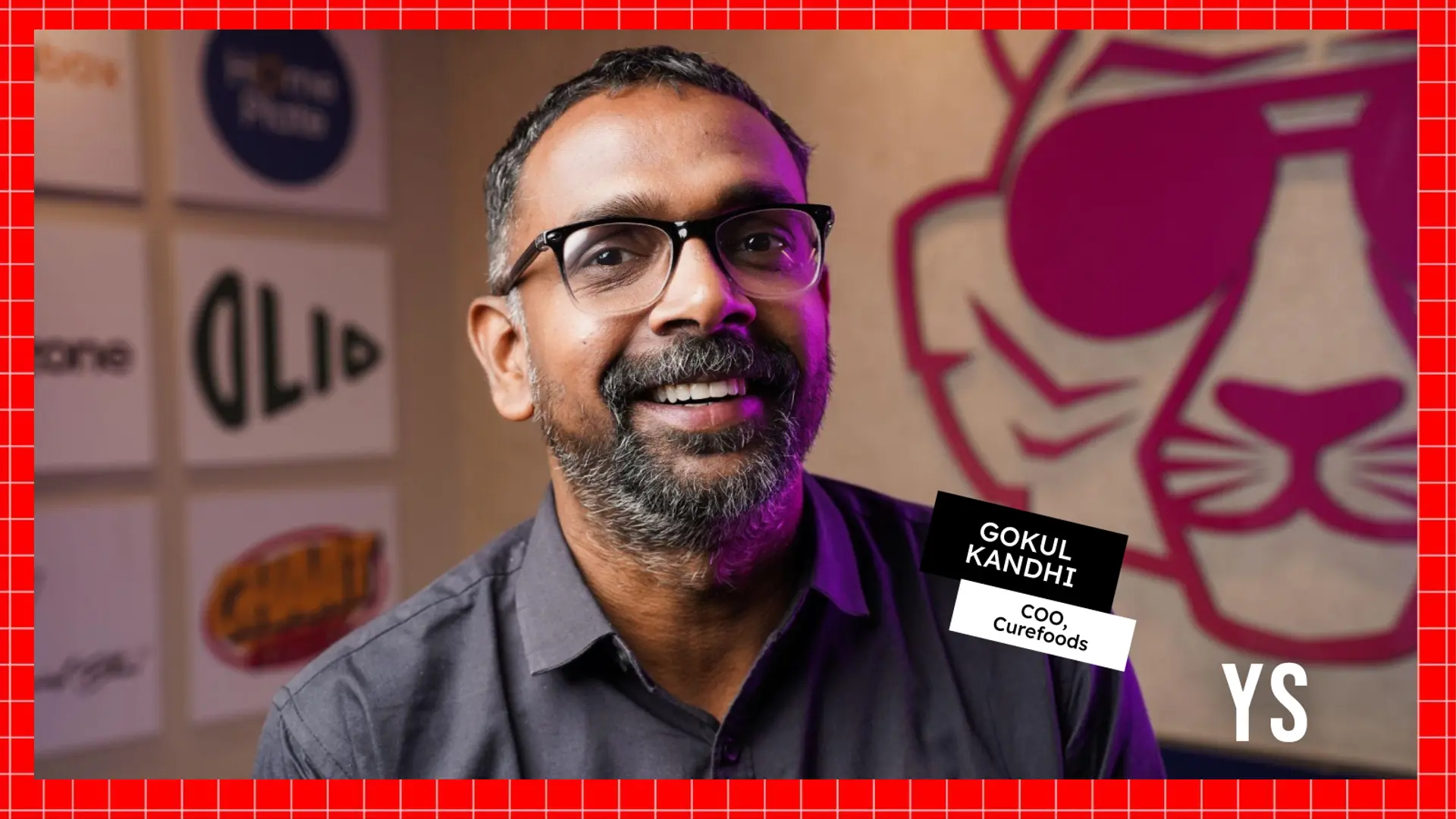The impact of smart cities on Indian infrastructure
Smart cities is an innovative initiative by the Government of India towards improving the quality of life and attracting people and investment, setting in motion a virtuous cycle of growth and development.

The Indian real estate sector has undergone a phenomenal transition in the past decade due to accelerated rate of urbanisation, liberalisation of the sector through Foreign Direct Investment (FDI), sound development of Real Estate Investment Trusts (REITs) and overall increased competitiveness and job creation.
Prior to 2014, what looked like extreme urbanisation trends concentrated in only five global cities of India such as, Delhi, Mumbai, Bangalore, Kolkata and Chennai, the Smart City initiative seems to have shifted the discourse to investments in Tier 1 and Tier 2 cities.
Let us observe how the development of India’s smart cities becoming significant catalysts for economic growth impacts the Indian infrastructure in the years to come.
Urban areas are expected to house 40percent of India's population and contribute 75 percent of India's GDP by 2030.
This requires comprehensive development of physical, institutional, social and economic infrastructure. Smart cities is an innovative initiative by the Government of India towards improving the quality of life and attracting people and investment, setting in motion a virtuous cycle of growth and development.
Projections are such that, not only will investment into sectors like roads, airports and smart cities create better quality infrastructure, but it will also generate private equity investment opportunities into the core sectors.
Though it is a very nascent concept especially in India because of the existing socio-economic conditions, but an effective leadership and an optimum utilisation of the resources by the players in each sector involved in this concept can deliver smart infrastructure.
In the approach to the smart cities mission, the objective is to promote cities that provide core infrastructure, a clean and sustainable environment and application of 'smart' solutions, thus, improving quality of life of all citizens.
The focus is on sustainable and inclusive development, catalysing the creation of similar smart cities in various regions and parts of the country.
The mission requires development through retrofitting, redevelopment and greenfield planning applied across cities, which in turn creates employment opportunities in the real estate sector.
First, the growth of a smart city project can give way to massive opportunity, particularly when we talk about demand for affordable homes. The smart cities projects are increasingly allocating enough land and housing for low-income groups (LIGs), thereby increasing the demand for realty in the country.
Second, smart cities also offer an excellent investment options with a sustainable scope for price appreciation, especially for a long-term investment purview.
Third, the smart cities project will be an amalgamation of commercial and residential projects in India, in close quarters. Evolution of these smart cities will push the demand of office spaces as well as hotels, in addition to service apartments and shopping malls. The real estate sector contributes about 6 percent to India’s GDP.
With the vision of building 100 smart cities, many expect this share to increase to 10-12 percent by 2022. Thus, the developers will get a huge window of opportunity to offer new projects in the upcoming smart cities, which boost the regional, social and economic infrastructure.
(Disclaimer: The views and opinions expressed in this article are those of the author and do not necessarily reflect the views of YourStory.)







